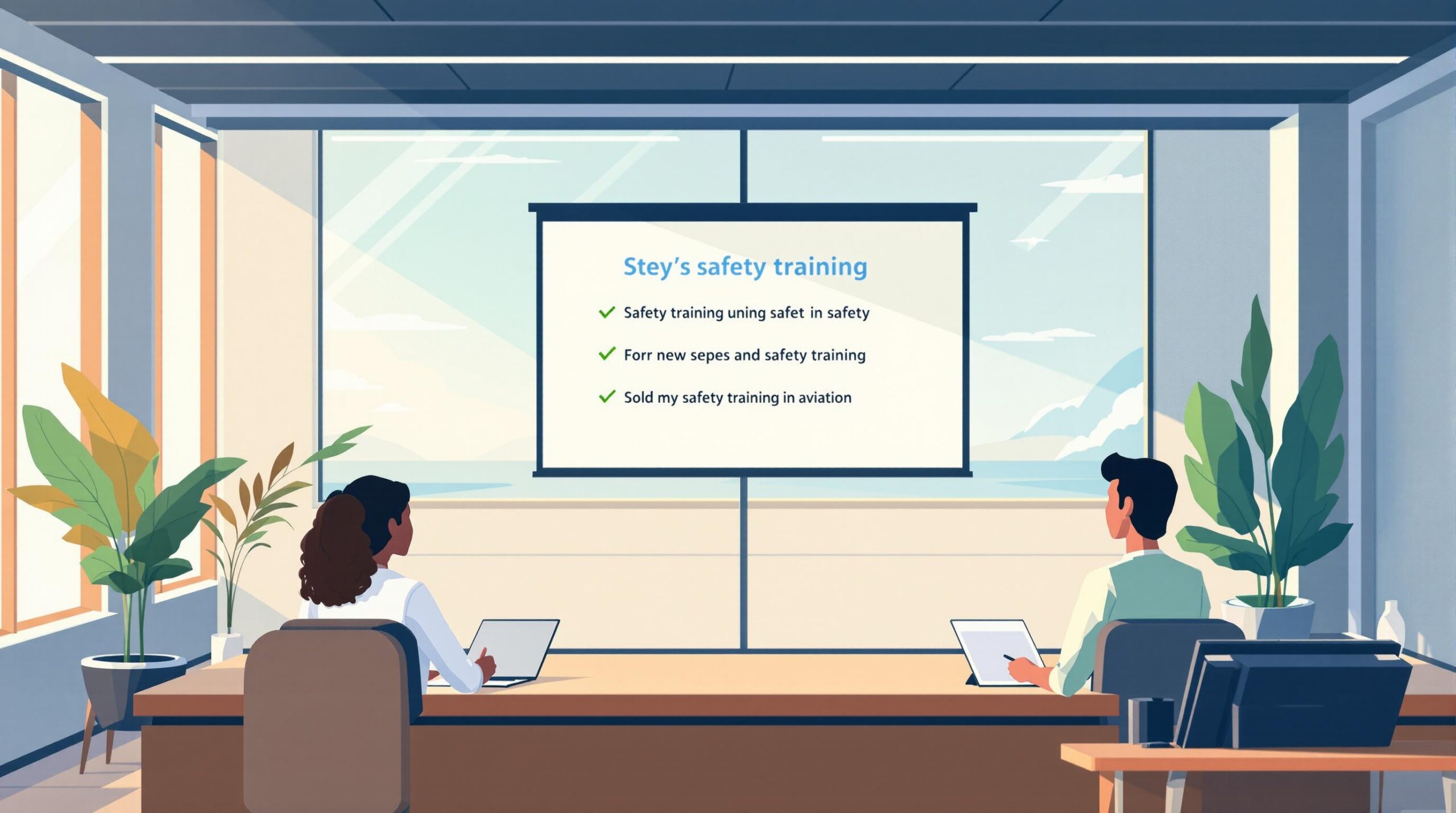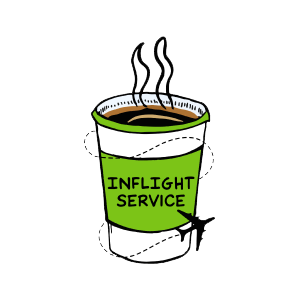Employment gaps in pilot applications can raise questions, but addressing them effectively can strengthen your candidacy. Airlines evaluate gaps based on their length, recency, and reasons. Here’s how to handle them:
- Be Transparent: Provide clear, factual explanations early on (e.g., medical leave, career transition, or industry downturn).
- Highlight Progress: Show how you stayed active – flight instruction, certifications, simulator training, or aviation courses.
- Tailor Your Resume: Use formats like hybrid or functional resumes to emphasize skills and recent achievements. Include a "Professional Development" section to showcase activities during gaps.
- Prepare for Interviews: Practice responses to common questions about gaps, focusing on how you maintained and improved your aviation skills.
How to Explain Employment Gaps
Being Direct and Clear
When addressing employment gaps on pilot applications, stick to the facts and highlight your dedication to aviation. For example, you could say: "Completed ATP-CTP certification (Jan–Mar 2024) and stayed current through part-time flight instruction."
Keep it professional. For family-related gaps, you might state: "Provided care for a family member while completing advanced weather theory courses."
Highlighting Progress During Gaps
Show how you stayed active in aviation by documenting efforts to maintain or improve your skills:
- Staying Current: Flight instruction, simulator sessions, certifications
- Skill Development: Aviation courses, new ratings
- Community Involvement: Membership in aviation organizations, mentoring others
For instance, you could say: "Maintained ATP currency through flight instruction while completing FAAST courses in Advanced Weather Theory and Crew Resource Management in 2024."
Addressing Common Gap Reasons
Offer clear context for employment gaps:
- Medical Leave: "Renewed FAA medical certification in February 2025."
- Career Transition: "Shifted from military aviation to civilian roles, earning ATP certification and type ratings (Aug–Dec 2024)."
- Industry Downturn: "Stayed proficient through simulator training and earned additional type ratings."
Focus on how you stayed qualified and advanced your skills. For medical gaps, emphasize your current certification. For industry-related gaps, highlight any professional development you completed.
Incorporate these straightforward explanations into your resume to ensure consistency throughout your application.
Resume Writing for Employment Gaps
Selecting Your Resume Style
Choose a resume format that best highlights your aviation career while addressing any employment gaps. A hybrid resume works well by combining a chronological work history with a skills-focused summary. This approach allows you to present both your career timeline and your maintained expertise.
For gaps shorter than a year, stick with a chronological format. Focus on showcasing continuous development, part-time work, training dates, and how you’ve stayed current.
For longer gaps, a functional format might be more effective. This format emphasizes:
- Current certifications and ratings
- Total flight hours by aircraft type
- Recent training achievements
- Professional development efforts
Adding Gap Period Activities
After selecting your resume format, incorporate activities from your gap period to demonstrate ongoing professional growth. Turn employment gaps into opportunities by documenting relevant experiences. Add a "Professional Development" section that includes:
Training and Certification Activities:
- Ground instruction provided
- Safety seminars attended
- Online aviation courses completed
- Simulator hours logged
- Type ratings earned
Industry Engagement:
- Membership in aviation organizations
- Flight school instruction roles
- Aviation consulting projects
- Participation in safety committees
- Mentoring within the aviation community
Be specific and include dates and measurable outcomes for these activities. Here’s an example of how to format this information:
| Period | Activity/Training | Outcome |
|---------------|-----------------------------|-----------------------------|
| Jan-Mar 2024 | ATP-CTP Program | Certification completed |
| Apr-Jun 2024 | Part 121 Ground School | 120 hours completed |
| Jul-Sep 2024 | Flight Instruction | 150 hours dual given |
For longer gaps, consider adding a brief "Career Note" to explain the time period:
"2023-2024: Maintained aviation currency through part-time flight instruction and advanced certifications. Logged over 200 simulator hours in Boeing 737 and Airbus A320 training programs."
Formatting Tips for Gap Activities
When listing gap-period achievements, make sure they emphasize your ongoing connection to aviation:
- Use a consistent month/year format for all dates.
- Include specific flight hours and training hours.
- Clearly detail certifications with exact completion dates.
- Highlight activities that kept your skills and knowledge up to date.
This approach ensures your resume reflects continuous engagement in your field, even during employment gaps.
Answering Gap Questions in Interviews
Common Gap Interview Questions
Interviewers often want to understand how you stayed engaged or improved your skills during gaps in your flying career. Some typical questions you might hear include:
- "Can you explain the gap in your flying career between [dates]?"
- "What did you do to maintain your aviation skills during this time?"
- "How did you stay updated on industry changes and regulations?"
- "What steps did you take to prepare for returning to flying?"
Answer these questions with confidence, using specific examples to show how you remained active and committed to your career.
Clear Answer Examples
A great way to structure your answers is by using the STAR method (Situation, Task, Action, Result). Here are some examples:
- Medical Leave Gap: If you took time off for medical reasons, explain how you completed a flight review and simulator sessions after being cleared to fly, ensuring you were fully prepared to return.
- Career Transition Gap: For a career change, mention earning new certifications or type ratings, attending safety seminars, or working part-time as an instructor to stay involved in aviation.
- Industry Downturn Gap: During slower periods in the industry, highlight any additional certifications you earned or simulator training you completed to improve your qualifications.
After addressing the gap, redirect the conversation to your current skills and certifications.
Highlighting Your Skills
When discussing your qualifications, focus on recent flight experience, certifications, simulator training, and your understanding of current regulations. Show how you used the gap period to strengthen your expertise and stay professionally active. This not only demonstrates your dedication but also reinforces your ability to adapt and grow.
Make sure your verbal explanations match the details in your resume. Consistency is key to presenting a polished and professional application.
sbb-itb-de05b1b
5 Things You Don’t Want To Get Wrong On Your Pilot Resume
Using Pilot Pathfinder for Applications

Pair your polished resume with tools designed to simplify documenting career gaps. Pilot Pathfinder provides features that help you explain gaps professionally while keeping your application process smooth.
Application Management Tools
Pilot Pathfinder’s automated system helps organize your employment history. With the Pro plan, you get access to a resume builder that allows you to:
- Maintain clear employment timelines
- Effectively document career gaps
- Auto-fill applications with accurate gap explanations
The browser plug-in also auto-fills application details across airline portals, ensuring your career story remains consistent.
Flight Record Management
Keeping your flight records accurate is just as important as refining your resume. Pilot Pathfinder’s logbook integration offers:
- Secure storage for your flight hours
- Military service hour conversion for veterans moving into civilian aviation
This secure logbook ensures your flight records are always up-to-date and accessible, even during career gaps, making applications and interviews stress-free.
For those juggling multiple applications, the Pro plan ($29/month) helps maintain professional and consistent gap documentation.
Managing Employment Gaps
Steps to Address Employment Gaps
Dealing with employment gaps effectively requires honesty and a clear plan. Be sure to document career breaks with accurate dates and provide details about what you did during those times. This could include professional development, volunteer work, part-time jobs, or training programs.
For military pilots moving into civilian aviation, connect your military experience and specialized training to the skills and qualifications needed in commercial aviation. Show how your background adds value to the role you’re pursuing.
Using these approaches, along with the right tools, can make the process smoother and more efficient.
Tools to Simplify the Process
Modern tools can make managing employment gaps easier. For example, Pilot Pathfinder’s Pro plan helps organize and explain gaps across multiple airline applications. Its automated system ensures your employment history is presented consistently while keeping your flight records secure.




